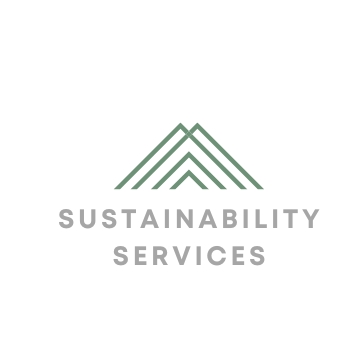5 steps to a greener business model
As the global community becomes increasingly aware of the environmental challenges we face, businesses are recognizing the importance of adopting sustainable practices. A greener business model not only contributes to the health of our planet but also offers a competitive edge in today's eco-conscious market.
Climate change, resource depletion, and environmental degradation are just a few of the pressing issues that necessitate a shift towards sustainability. Companies are now expected to play a pivotal role in addressing these challenges by rethinking their operations and strategies.
Embracing a greener business model can lead to cost savings, improved brand reputation, increased customer loyalty, and compliance with regulatory requirements. Moreover, it can drive innovation and open up new market opportunities.
Step 1: Conduct an Environmental Impact Assessment
The first step towards a greener business is to understand your current environmental impact. This involves conducting a comprehensive assessment to identify areas where your company can reduce waste, conserve resources, and minimize its ecological footprint.
Once the assessment is complete, it's crucial to set clear, measurable goals for improvement. These goals should be ambitious yet achievable and aligned with the broader sustainability objectives of your organization.
Step 2: Develop a Sustainable Procurement Strategy
Procurement is a significant aspect of any business, and making it sustainable means choosing suppliers and materials that adhere to environmental standards. This step involves evaluating suppliers based on their sustainability practices and opting for those who demonstrate a commitment to the environment.
Optimizing your supply chain for sustainability can reduce your carbon footprint and lead to greater efficiency. This may include strategies such as reducing packaging, streamlining logistics, or investing in local sourcing to minimize transportation emissions.
Step 3: Implement Energy-Efficient Operations
Energy efficiency is a key component of a greener business model. Upgrading to energy-saving technologies, such as LED lighting or high-efficiency heating and cooling systems, can significantly reduce energy consumption and costs.
Transitioning to renewable energy sources, like solar or wind power, can further decrease your company's environmental impact and provide long-term savings on energy bills.
Step 4: Foster a Culture of Sustainability
Creating a culture of sustainability within your organization is essential. This involves training employees on sustainable practices and encouraging them to contribute ideas for improving the company's environmental performance.
Transparent communication about your sustainability initiatives is important for building trust with customers, investors, and the community. Sharing your green achievements can inspire others and enhance your company's reputation.
Step 5: Measure, Report, and Improve
What gets measured gets managed. Implementing sustainability metrics allows you to track your progress, make data-driven decisions, and report on your achievements. This step is crucial for understanding the impact of your green initiatives and for continuous improvement.
Finally, a greener business model is an ongoing commitment. Continually seeking ways to improve and being transparent about your sustainability journey are key to long-term success and environmental stewardship.






Comments (0)